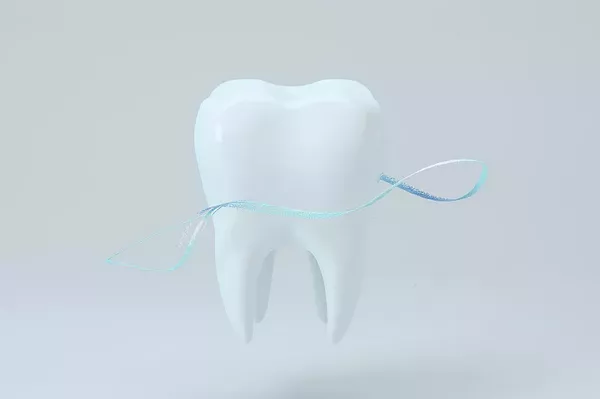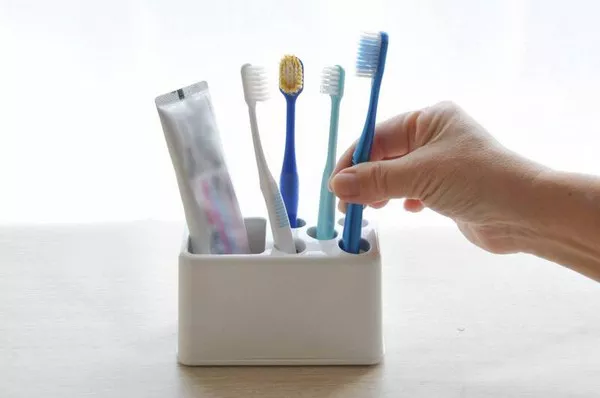In the world of orthodontics, comfort is key, and one invaluable tool that aids in achieving that comfort is orthodontic wax. Whether you’re new to braces or a seasoned wearer, understanding how to use orthodontic wax properly can make a significant difference in your orthodontic journey. In this comprehensive guide, we’ll delve into the various aspects of orthodontic wax, providing you with practical tips and insights to maximize its benefits.
Understanding the Purpose of Orthodontic Wax:
Orthodontic wax serves as a protective barrier between braces and the soft tissues of the mouth, such as the gums and cheeks.
This wax is designed to alleviate discomfort caused by friction between braces and the delicate inner surfaces of the mouth.
By creating a smooth surface, orthodontic wax minimizes the likelihood of irritation and allows for a more comfortable orthodontic experience.
Proper Application Techniques:
Start by ensuring your hands are clean and dry before handling the orthodontic wax.
Break off a small piece of wax, approximately the size of a pea, and roll it into a ball.
Place the wax directly onto the problematic area of the braces where irritation is occurring.
Gently mold the wax around the braces, ensuring it adheres securely.
Repeat the process as needed, especially after meals or if the wax becomes dislodged.
Addressing Common Challenges:
a. Dealing with Sharp Edges:
If you encounter sharp edges on your braces causing discomfort, apply a small amount of orthodontic wax to create a protective barrier.
This prevents the sharp edges from rubbing against the soft tissues, reducing irritation.
b. Managing Wire Irritation:
In cases of wire irritation, carefully push the wire back into place with a cotton swab or the eraser end of a pencil.
Once the wire is secured, apply orthodontic wax over the area to prevent further irritation.
c. Protecting Against Ulcers:
If you develop ulcers or sores from prolonged friction, apply orthodontic wax to create a soothing barrier that promotes healing.
Maintain good oral hygiene practices to prevent infections and speed up the healing process.
Tips for Optimal Use:
a. Choose the Right Wax:
Opt for a high-quality, medical-grade orthodontic wax for optimal effectiveness.
These waxes are specifically designed to be pliable, making them easier to apply and mold.
b. Be Proactive:
Apply orthodontic wax at the first sign of irritation to prevent the development of more significant issues.
Regularly check your braces for any protruding wires or rough edges that may cause discomfort.
c. Maintain Oral Hygiene:
Continue with your regular oral hygiene routine, including brushing and flossing, to prevent complications associated with orthodontic treatment.
The Benefits of Using Orthodontic Wax:
Enhanced Comfort:
Orthodontic wax significantly improves the comfort of wearing braces, allowing individuals to adapt more easily to their orthodontic appliances.
Reduced Oral Irritation:
By creating a protective barrier, orthodontic wax minimizes the risk of oral irritation, ulcers, and sores.
Improved Compliance:
Comfortable orthodontic experiences encourage better compliance with treatment plans, ultimately leading to more successful outcomes.
Conclusion:
Mastering the art of using orthodontic wax is a game-changer for anyone undergoing orthodontic treatment. By understanding its purpose, applying it correctly, and addressing common challenges, you can enhance your comfort and overall experience with braces. Remember, proactive use of orthodontic wax not only minimizes discomfort but also contributes to the success of your orthodontic journey.
Related Links:
How does invisible aligners work?
How to fix overbite teeth at home?
Why do my teeth click when i push on them?
































